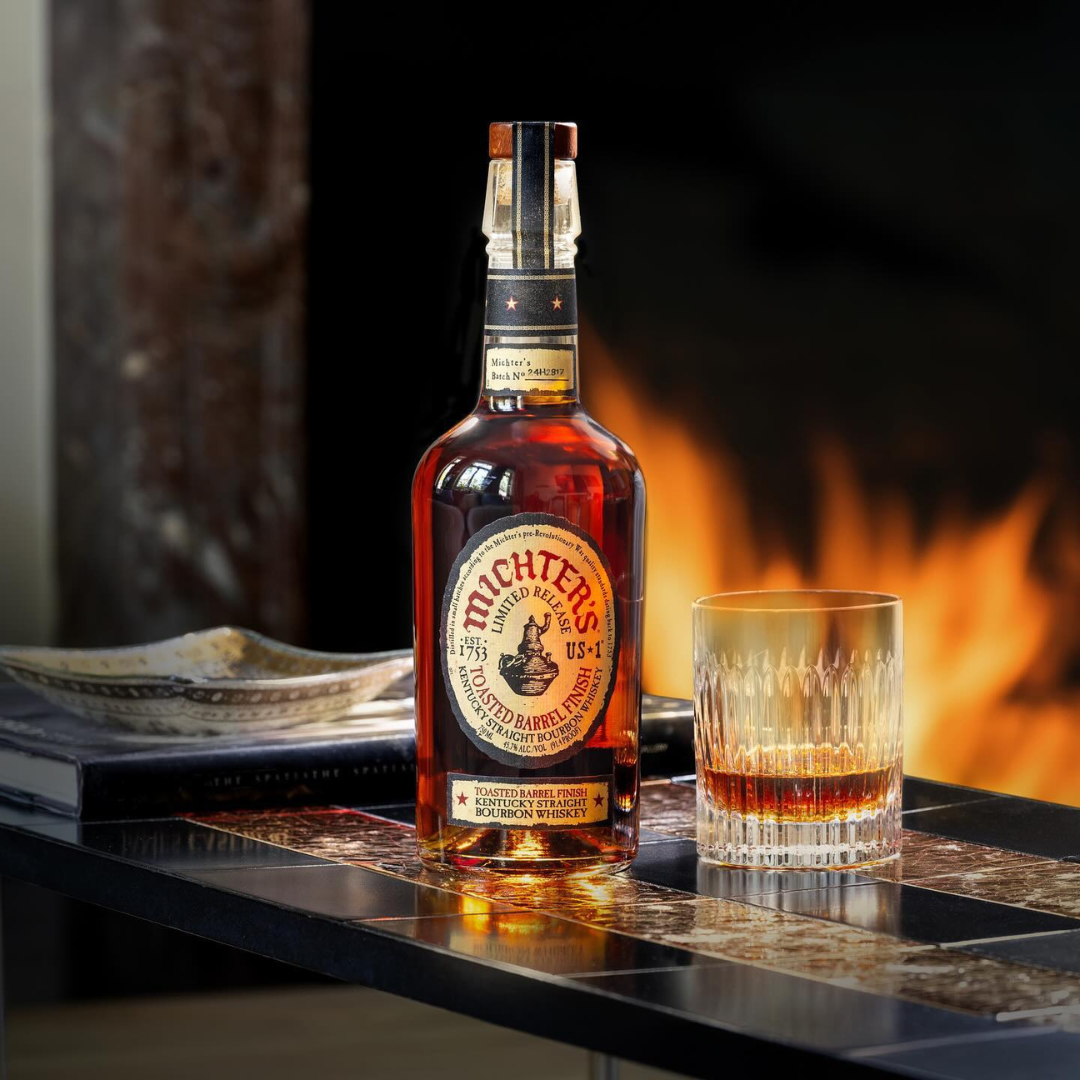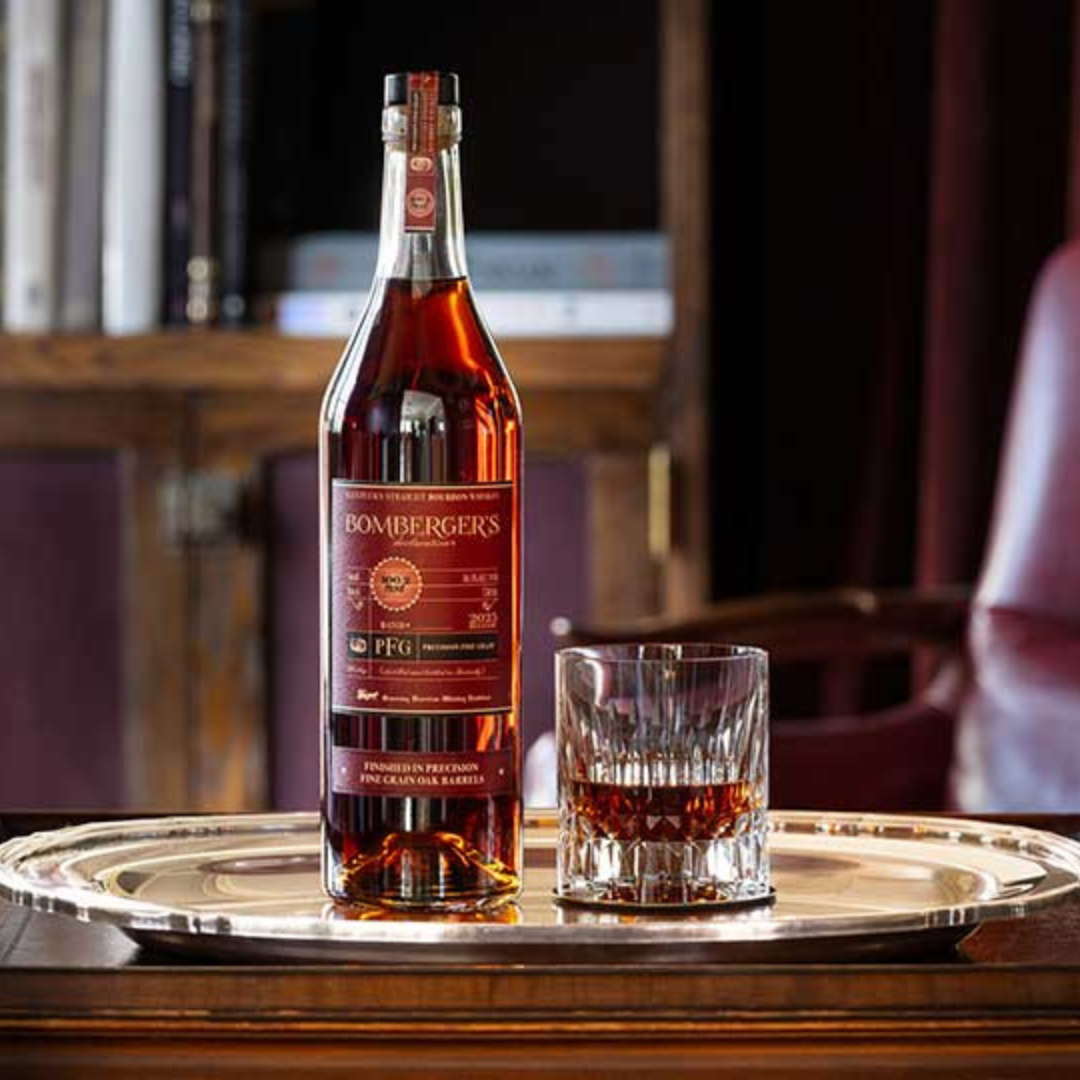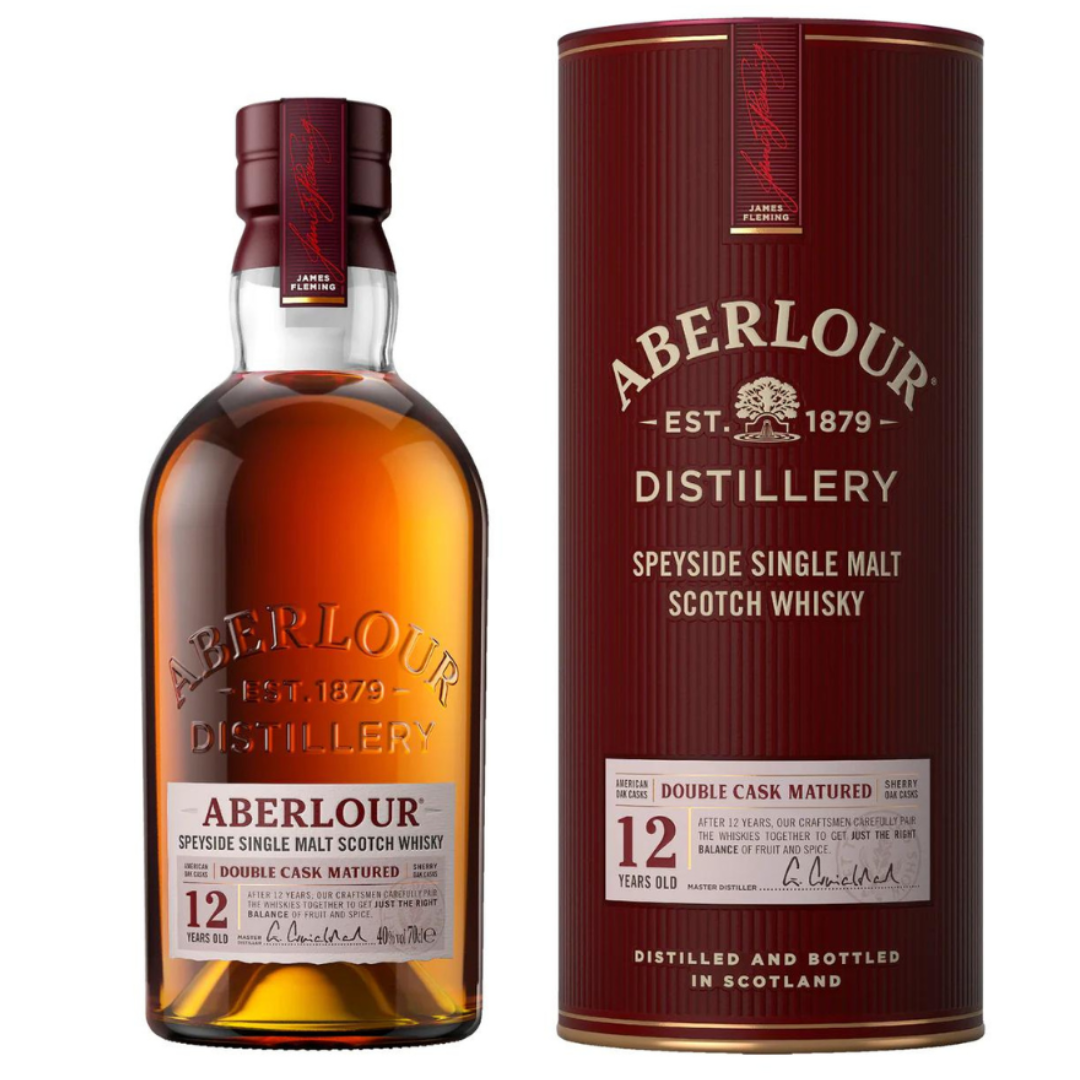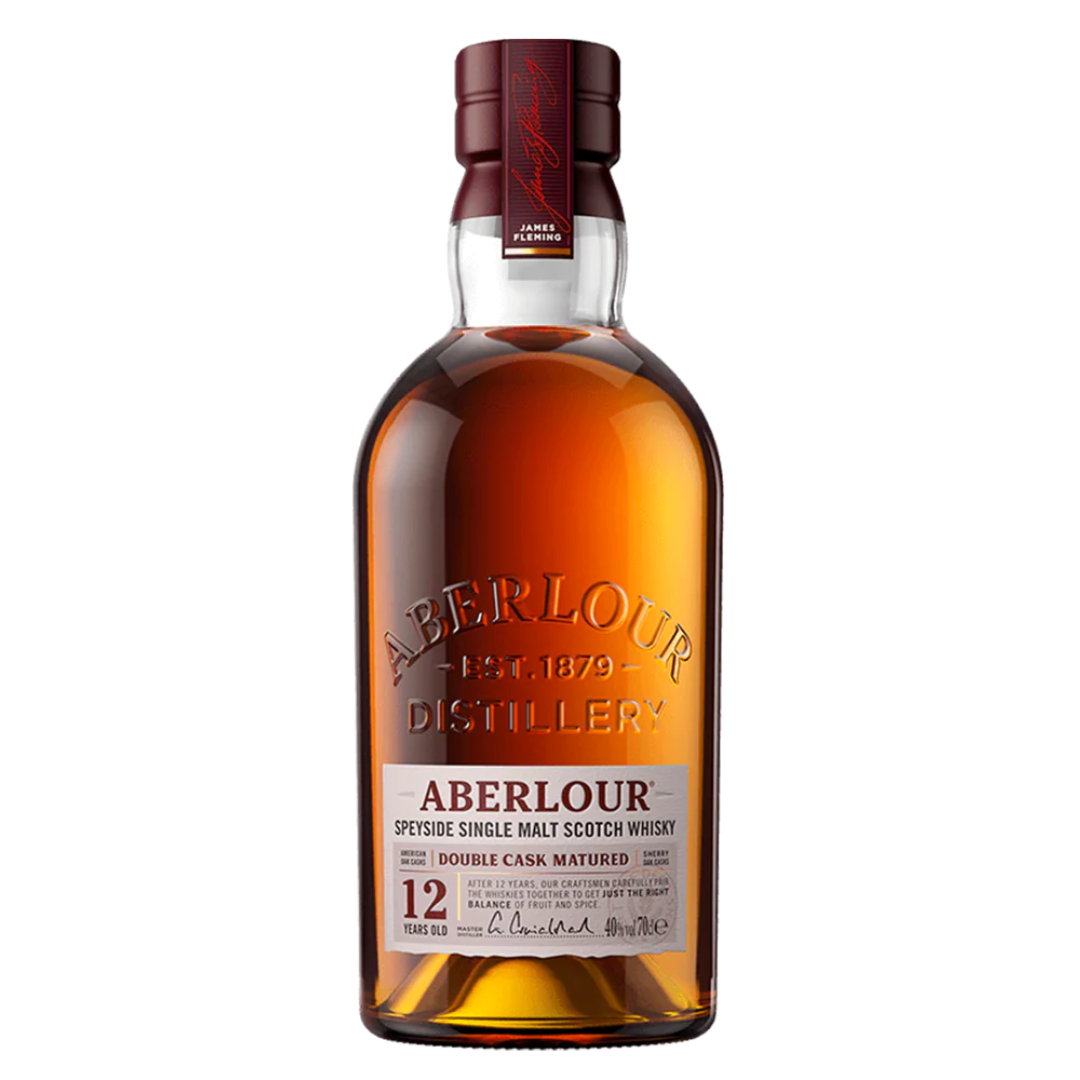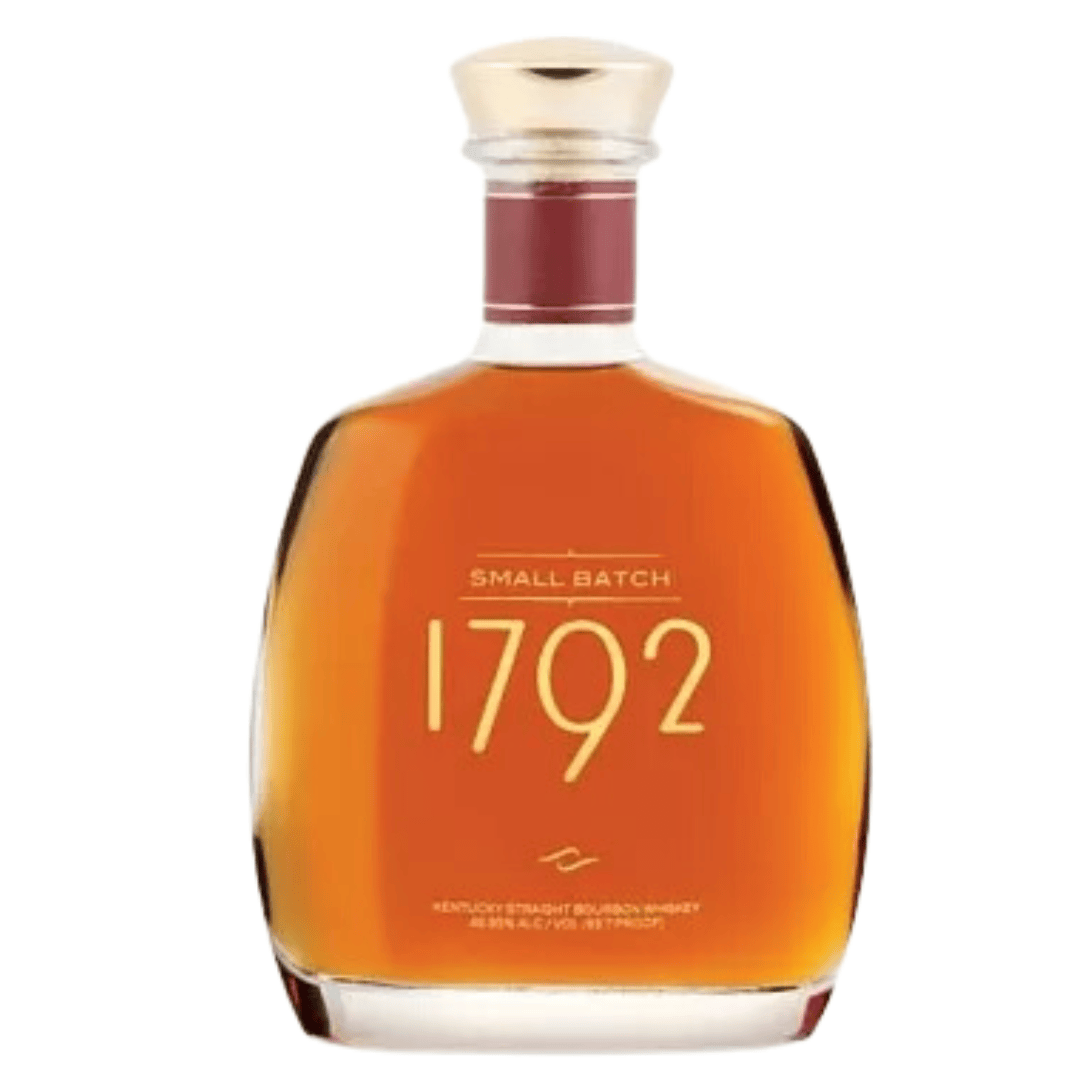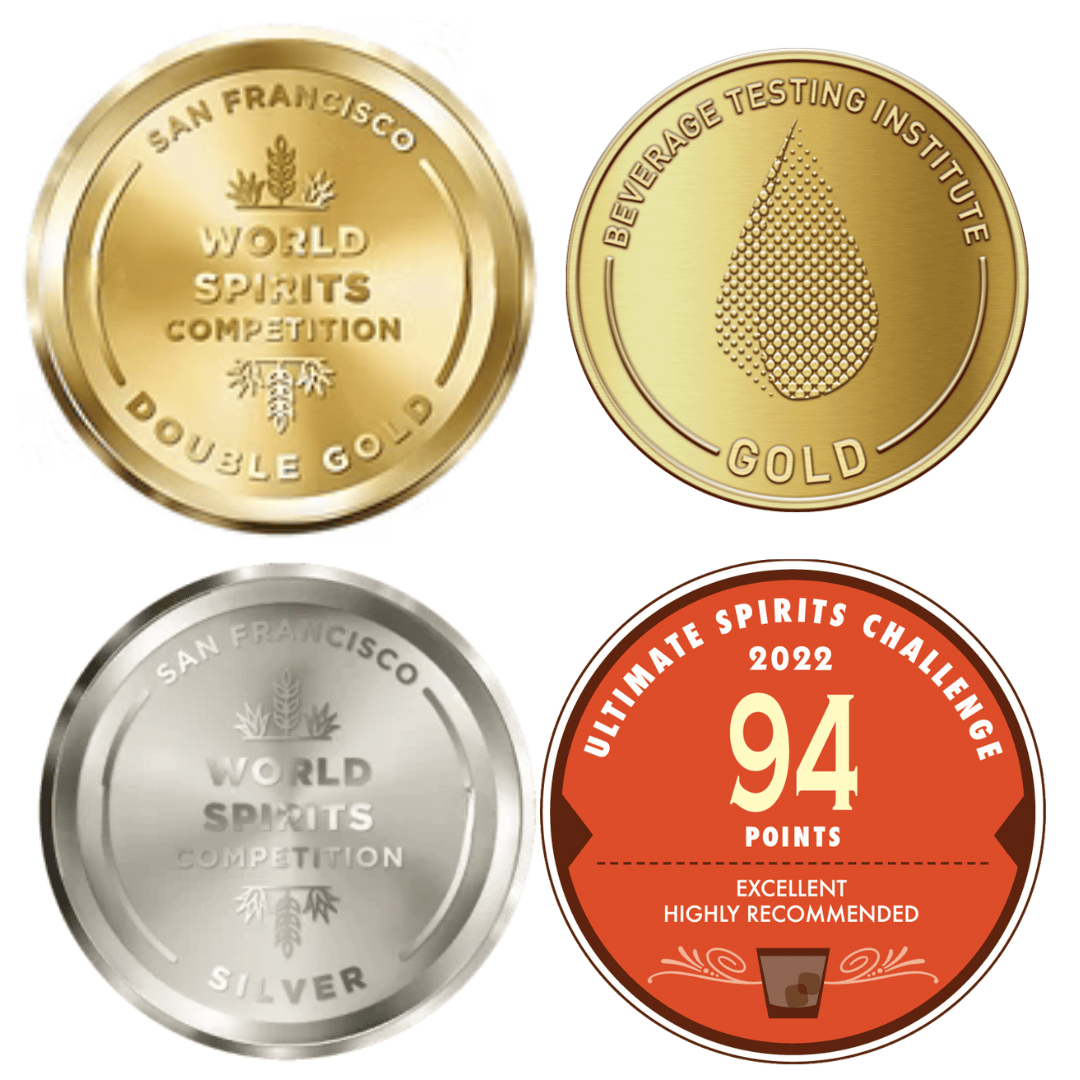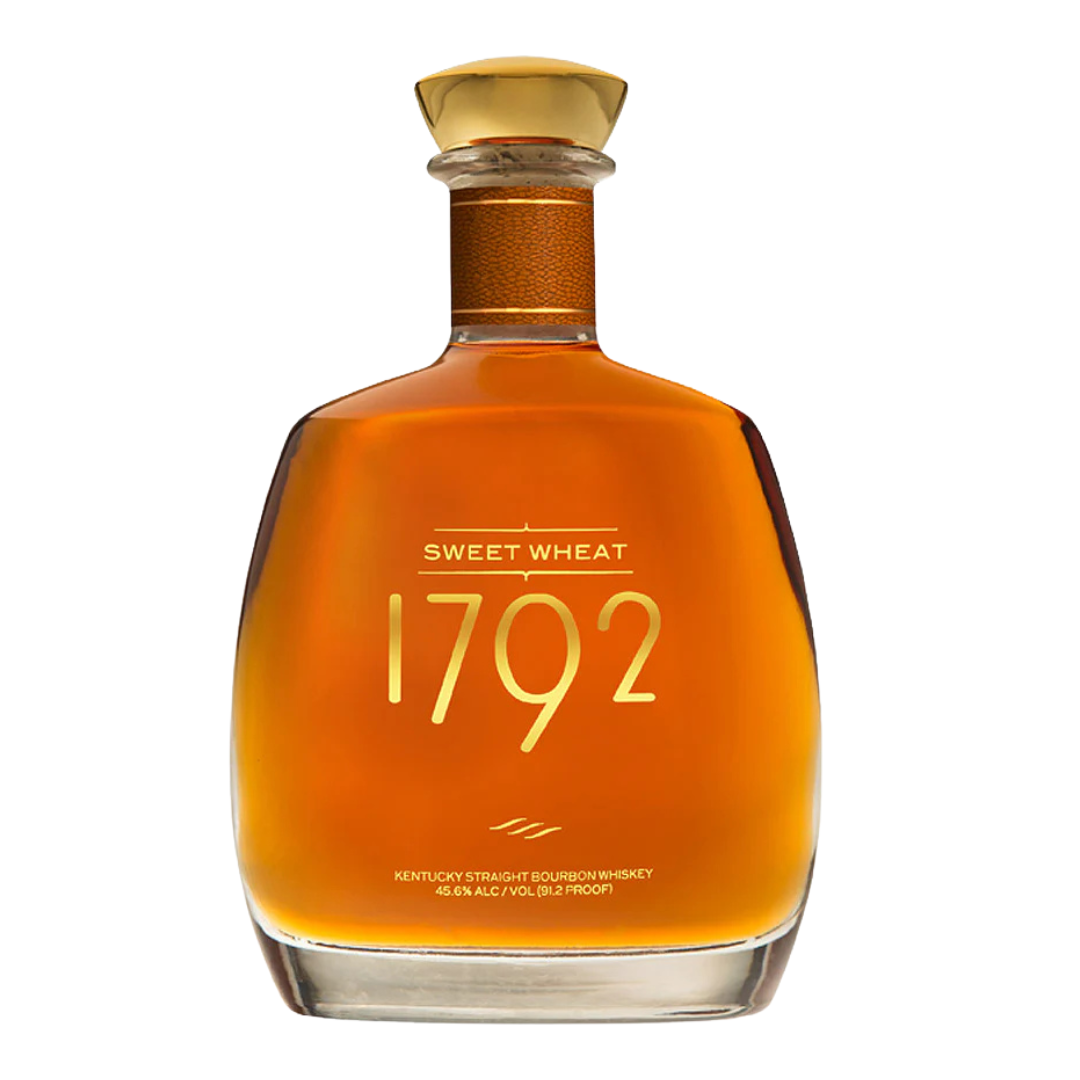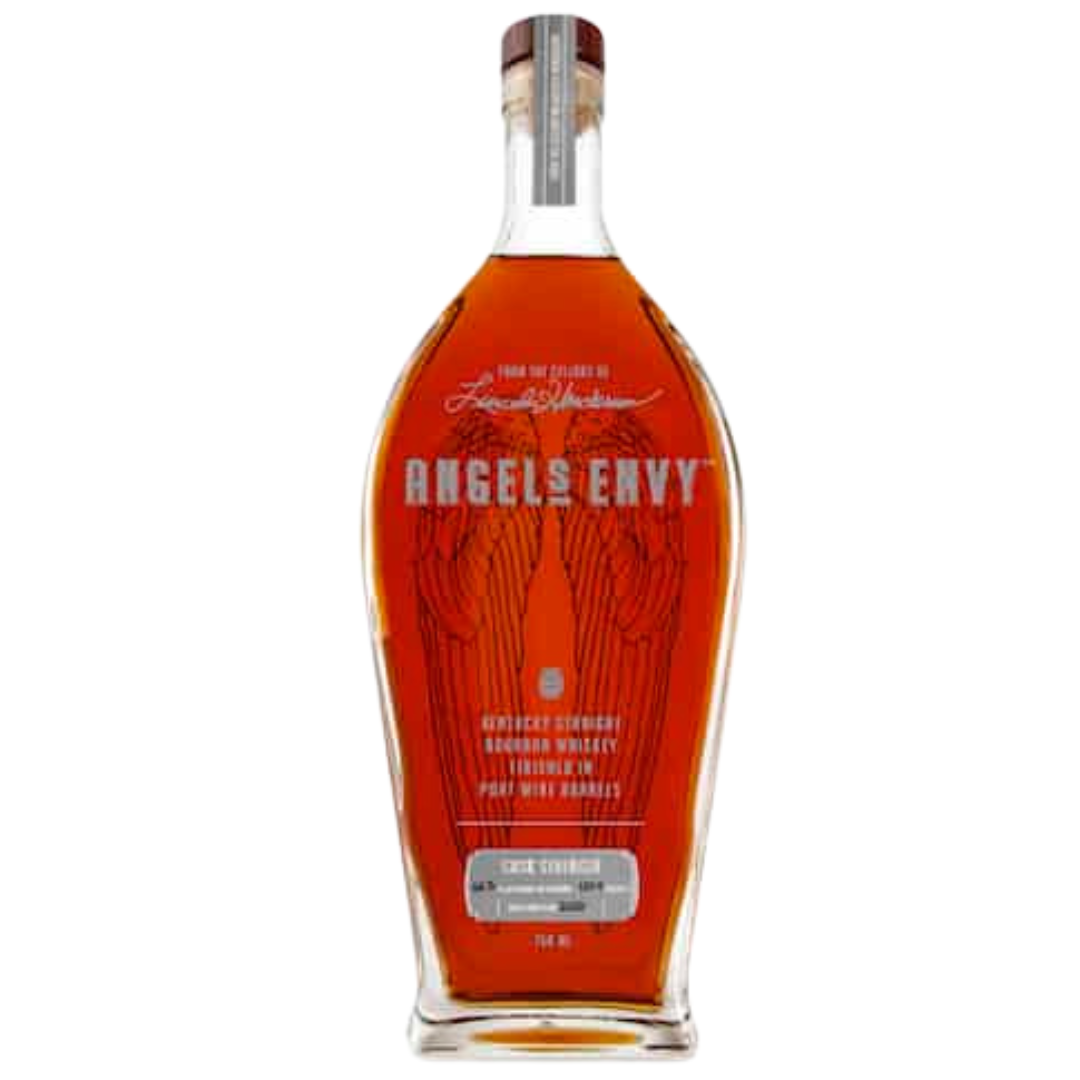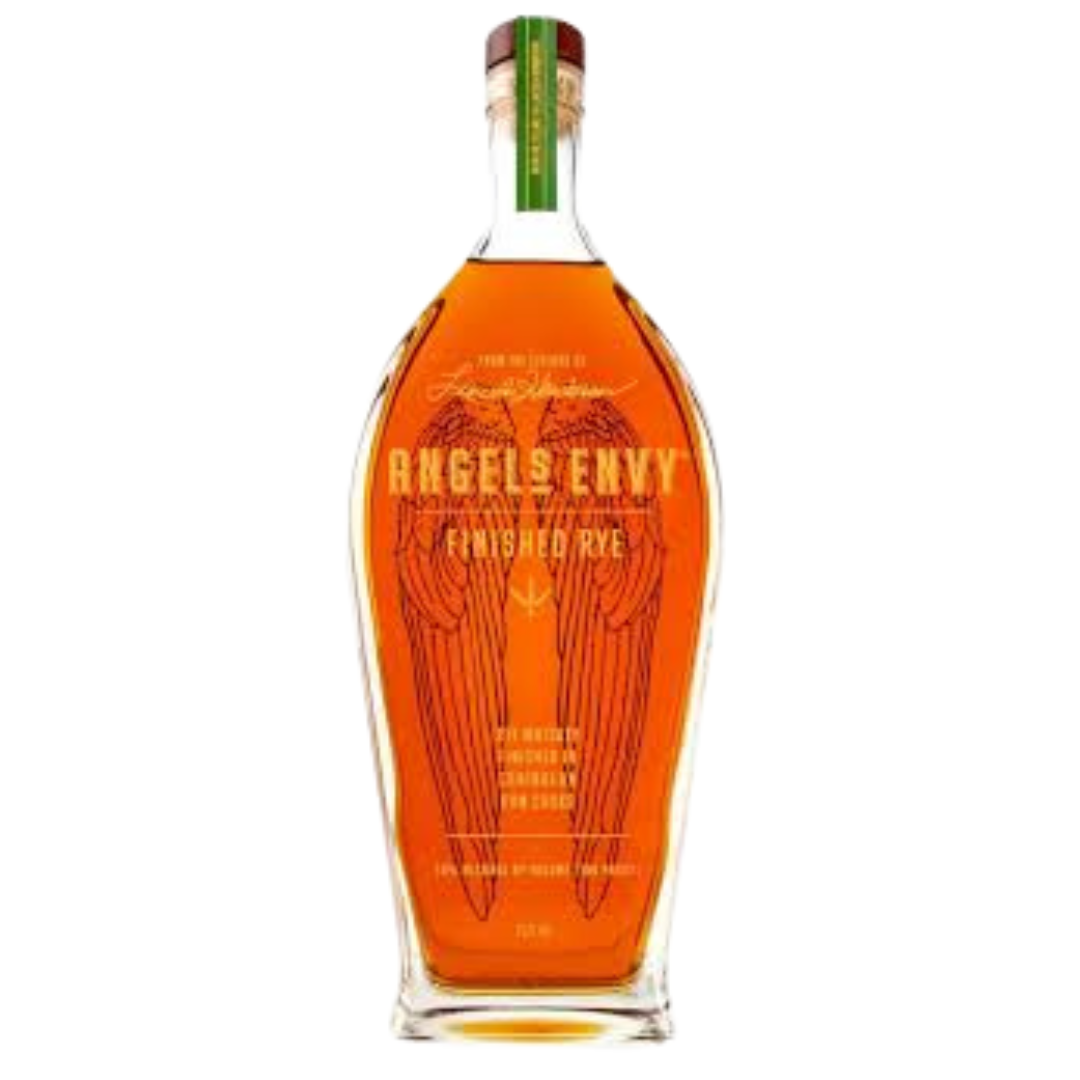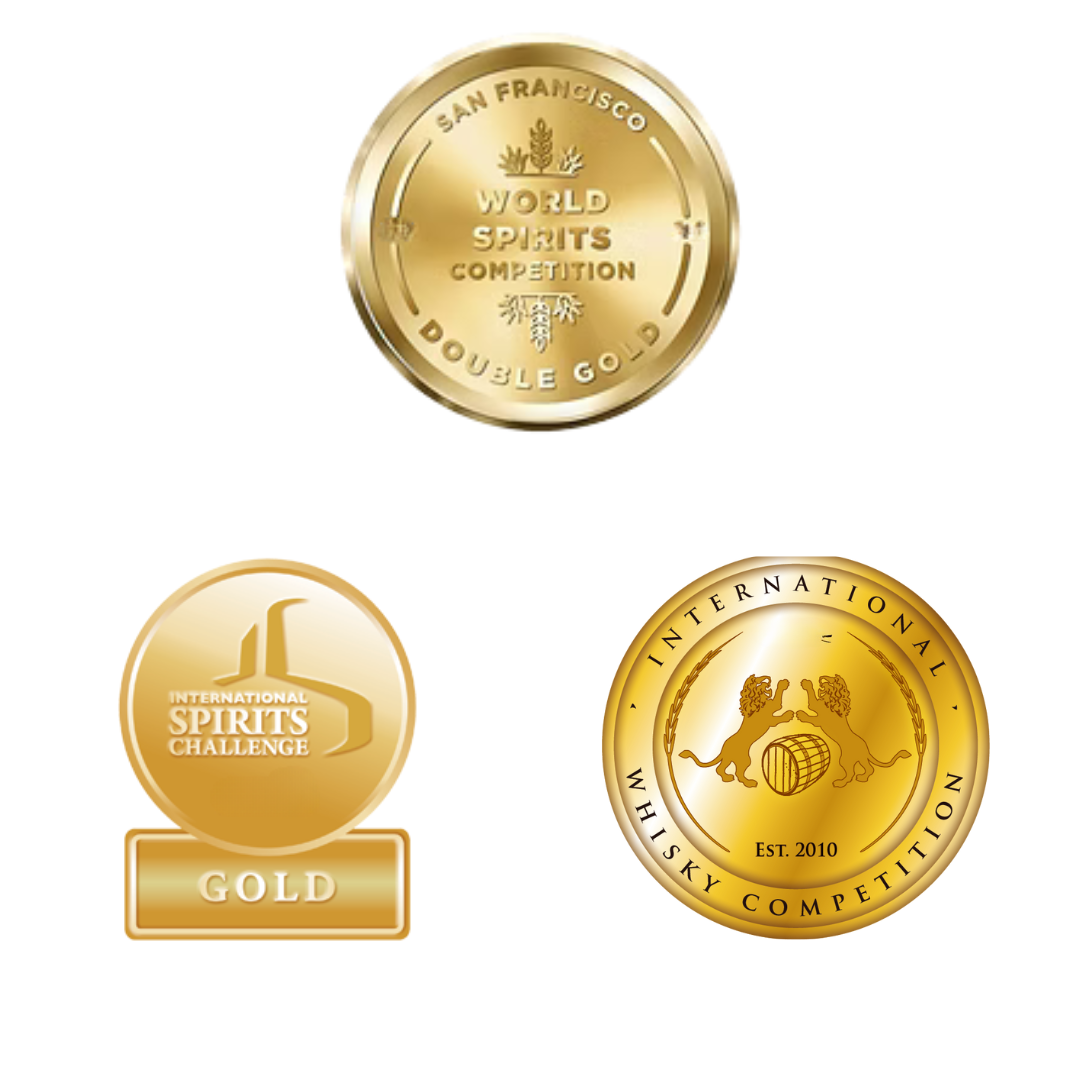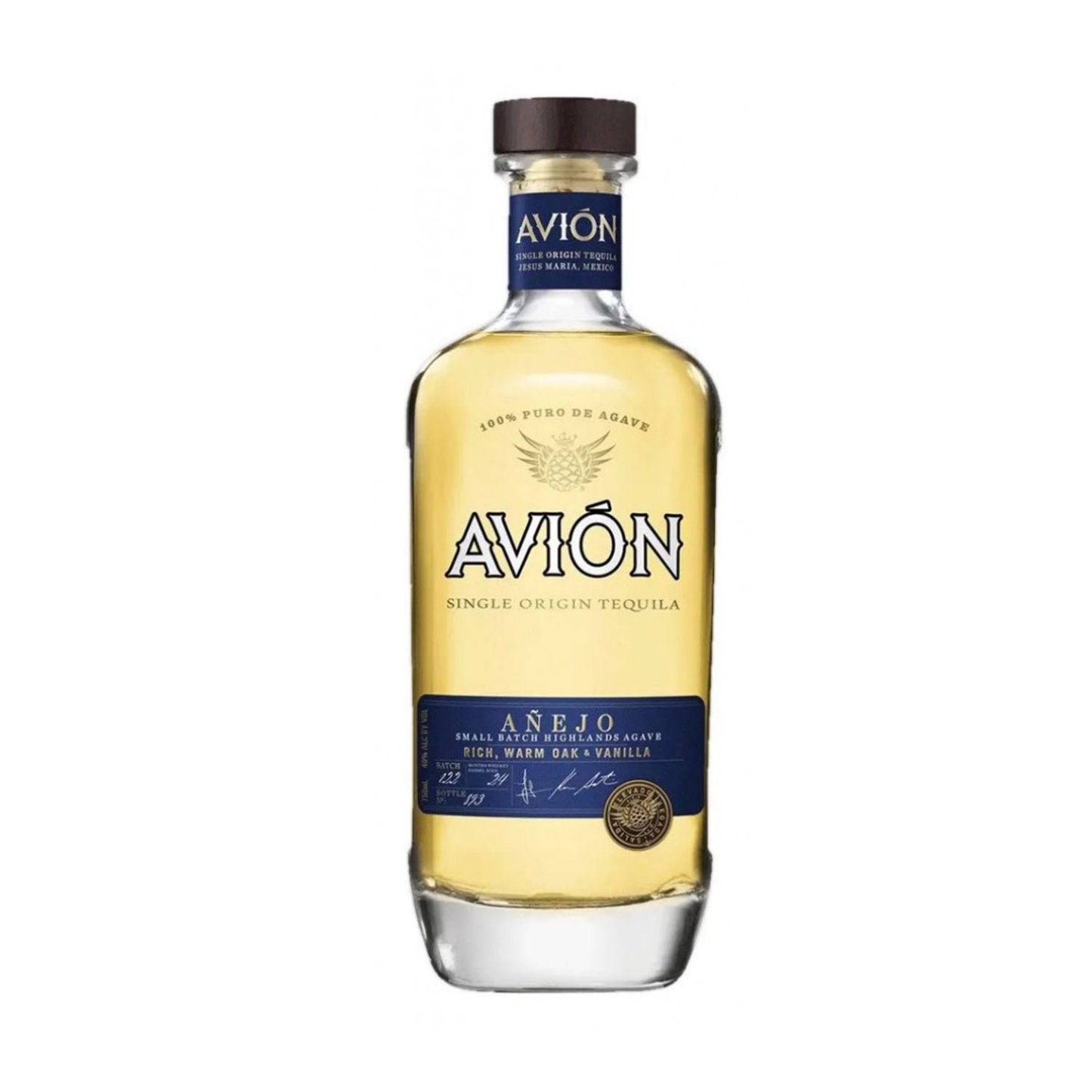
When evaluating a whisky, one of the aspects that must be observed is its appearance. The appearance can provide helpful information about the whisky's age, type of cask used, and possible adulteration. In this blog post, we will explore how to evaluate the appearance of whisky.
Importance of Observing Whisky Appearance
The appearance of a whisky can provide crucial information in determining its authenticity. The colour may indicate a blend or the degree of subtlety of the whisky. With its colour, the viewer can get hints about the whisky's age and the type of cask used in the maturation process. Older whiskies tend to be darker, Bourbon casks will be paler than Sherry/Port casks.
Colour Evaluation
When evaluating the colour of whisky, it is essential to consider whether the colour is natural or artificial. It is very difficult to tell. However you can find this information on the bottle label
Natural Colours
Whiskies that have natural colours are typically the result of aging in oak casks. The colour can range from pale straw to deep amber, depending on the type of cask and the length of maturation. Natural colours are a good indication of the whisky's quality and authenticity.
Artificial Colours
Some whiskies may have artificial colours added to enhance their appearance. These whiskies may have a more vibrant or consistent color that is not necessarily reflective of their age or maturation process. It is important to be aware of this practice when evaluating whisky.
Clarity Evaluation
Clarity is another important aspect to consider when evaluating whisky appearance. A whisky should be clear and free from any particles or sediment. Cloudiness or haziness may indicate filtration issues or possible contamination.
Viscosity Evaluation
Viscosity refers to the thickness or "legs" of the whisky when swirled in a glass. A higher viscosity may indicate a higher alcohol content or a richer mouthfeel. Observing the viscosity can provide insights into the whisky's texture and flavor profile.
